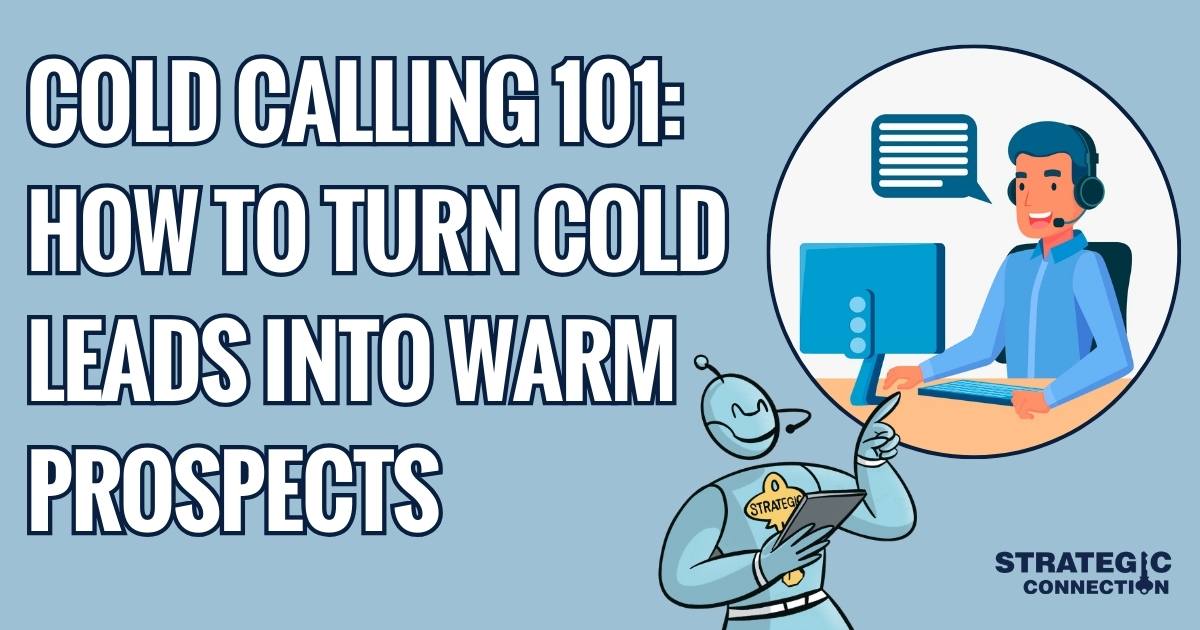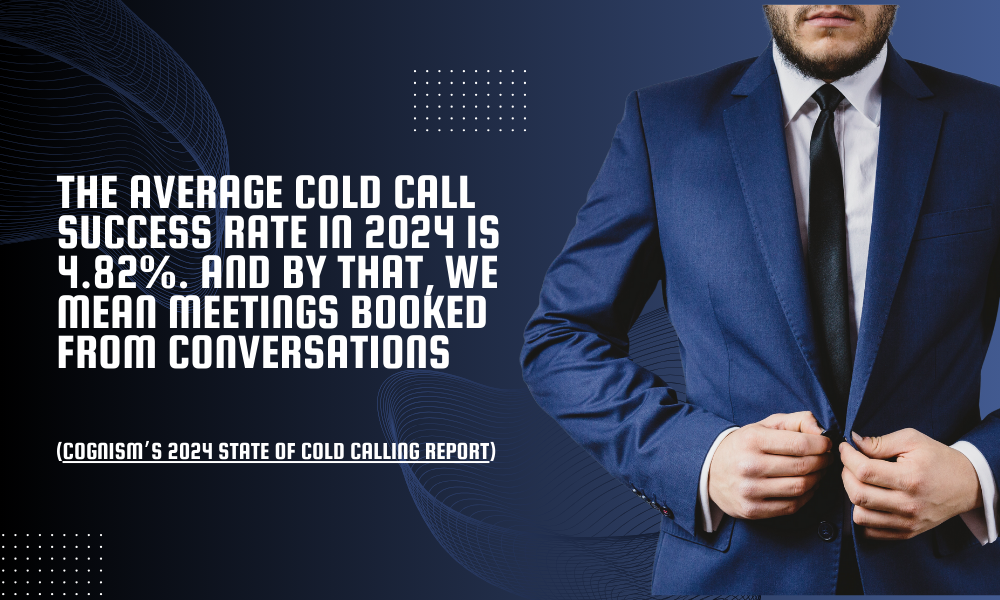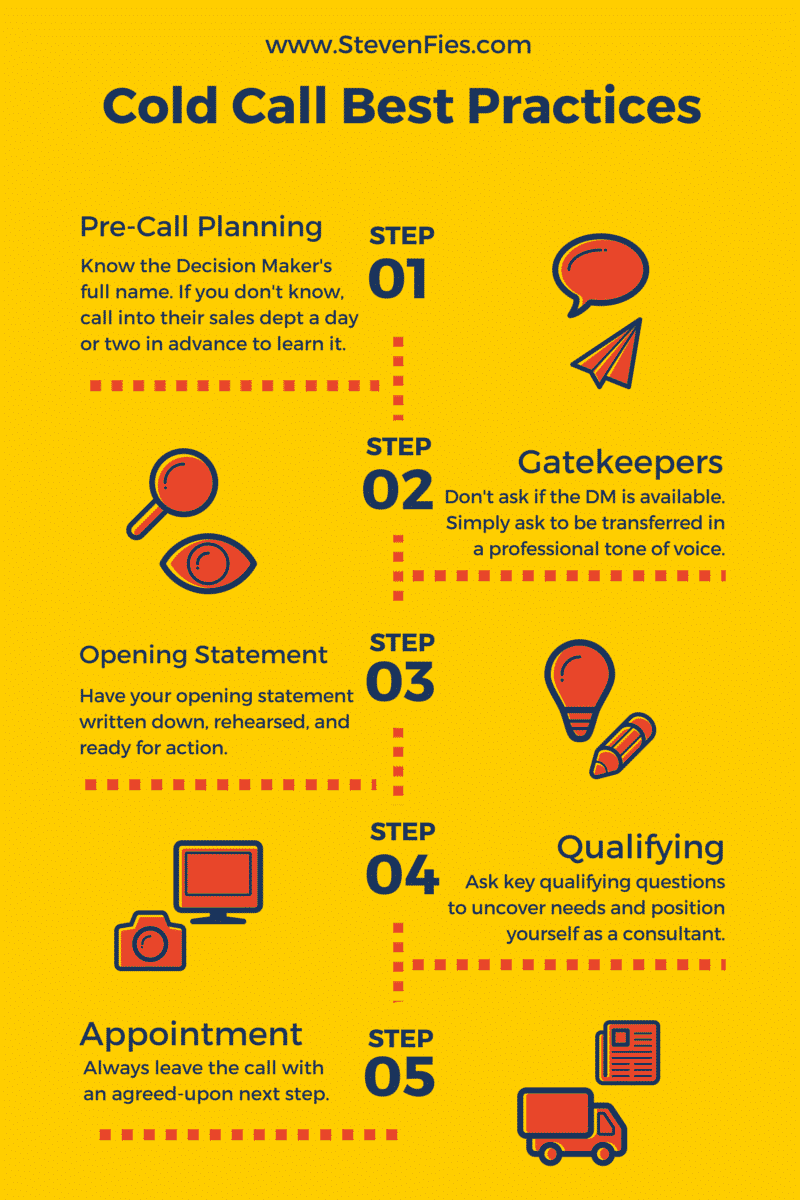
Cold Calling 101: How to Turn Cold Leads into Warm Prospects
Posted by: Ali Jaffar Zia
September 4, 2024
Cold calling remains one of the most challenging yet essential techniques for building a successful sales pipeline. Despite technological advancements in digital marketing and communication, cold calling is still a viable method for reaching out to potential customers and converting them into warm prospects. The effectiveness of this technique lies in the mastery of the Cold Calling 101 fundamentals—having a structured approach, a compelling pitch, and the persistence to engage prospects meaningfully. In an age where many believe digital outreach alone is the key, those who refine their cold calling strategy often find it to be a powerful complement to their overall sales process.
The importance of Cold Calling 101 cannot be overstated. It not only sets the stage for effective outreach but also builds a foundation for establishing trust. Even though cold calls might seem intrusive at first, when executed correctly, they become conversations that are beneficial to both the sales representative and the prospect. Therefore, the primary goal of cold calling is not to close a sale immediately but to open a door. The art of opening that door involves creating value, nurturing a connection, and eventually transitioning the conversation into a fruitful business relationship. Let's explore how you can master cold calling and turn those cold leads into warm, engaged prospects.

The Basics of Cold Calling 101
The concept of cold calling may sound straightforward, but mastering it requires more than just dialing a number. In Cold Calling 101, the process begins with understanding that this is a direct form of outreach where sales representatives contact potential customers who have had no prior interaction with the company. These leads, often called "cold leads," are completely unaware of your brand, making the initial conversation a crucial moment in their journey from stranger to potential customer.
Cold Calling For Beginners: A Step-by-Step Guide To Book Sales Meetings (youtube.com)
At its core, Cold Calling 101 teaches that the initial interaction should focus on relationship-building rather than selling. The first few seconds of a cold call are often the most critical because they set the tone for the rest of the conversation. Therefore, your goal is to capture attention quickly and build rapport. Cold calls often work as part of a broader lead generation strategy, where multiple touchpoints—such as emails, social media interactions, or follow-up calls—are used to nurture the prospect through the sales funnel. This initial cold call is the spark that ignites this process.
To achieve this, it's essential to balance persistence with patience. Cold calling is, without a doubt, a numbers game, but it’s also about quality interactions. While you may need to make dozens of calls each day, it’s the quality of those conversations that ultimately determines success. A well-executed cold call should leave the prospect feeling intrigued, valued, and willing to take the next step, whether that's a follow-up call, a meeting, or further research on your offerings.
How to increase cold calling success rate? Using phone-verified mobile phone numbers ensures 87% accuracy. (Cognism's Diamond Data®).
Let’s take an example:
Imagine a marketing agency reaching out to small business owners who lack an established online presence. The initial cold call might start by addressing a common pain point such as customer acquisition or online visibility. Instead of immediately diving into a sales pitch, the sales rep might begin by asking questions that engage the prospect and allow them to talk about their struggles. This approach turns the cold call into a conversation, making the business owner more receptive to hearing how the agency can help.
Preparation: Know Your Audience
Preparation is one of the most critical elements emphasized in Cold Calling 101. Too often, sales representatives dive into calls without a clear understanding of who they are speaking with, leading to awkward conversations that go nowhere. The key to successful cold calling lies in doing your homework—knowing who you’re calling, what their business needs are, and how your product or service can help them solve their unique problems.
To get started, identify the decision-makers in the companies you're targeting. In large organizations, this might mean doing some digging to find out who is responsible for purchasing decisions or who oversees the area relevant to your offering. In smaller companies, you might be speaking directly to the owner. Once you know who you’re calling, dig into their business. What industry are they in? What challenges are they likely facing? How can your product or service address those challenges? This research allows you to tailor your pitch to be more relevant and engaging, increasing your chances of success.

Moreover, understanding the prospect’s industry allows you to speak their language. For instance, if you're targeting businesses in the tech industry, mentioning how your digital marketing services can help streamline their customer acquisition process might be more impactful than a generic pitch. In contrast, if you're reaching out to a local restaurant, focusing on how your services can drive foot traffic through local SEO and social media marketing might resonate more. This level of preparation demonstrates professionalism and shows the prospect that you’ve taken the time to understand their business, which can be the difference between a cold shoulder and a warm conversation.
Fact to note:
According to research from HubSpot, 82% of buyers accept meetings with salespeople who reach out proactively when they’ve done adequate research. This statistic underlines a fundamental lesson in Cold Calling 101—the more you know about your prospect, the better your chances of securing that crucial first meeting.
Crafting the Perfect Cold Call Script
In Cold Calling 101, a well-crafted script is one of the most valuable tools a sales rep can have. However, it’s important to emphasize that a script should not be a rigid document that you read word-for-word. Rather, it should serve as a flexible guide that helps you navigate the conversation and ensures you cover the most critical points. The best cold calls feel natural and conversational, even if the sales rep is following a well-structured plan.
A successful cold call script typically starts with a strong introduction. You only have a few seconds to capture the prospect’s attention, so make it count. Begin by addressing the prospect by name, introducing yourself and your company, and briefly stating the purpose of your call. This is where your research comes into play. For example, instead of saying, "I'm calling to sell you digital marketing services," you might say, "I'm calling because I noticed your business has been doing great things locally, and I wanted to share how we’ve helped similar businesses increase their customer base through targeted digital marketing strategies." This approach is personalized, relevant, and immediately positions you as someone who can bring value.
Next, you’ll want to deliver your value proposition. This is the core of your pitch, and it should focus on the benefits of your product or service rather than its features. For example, instead of saying, "We offer SEO services," you might say, "We help small businesses like yours increase online visibility, leading to a 20% growth in new customer acquisition in just six months." This not only highlights the benefit of your services but also provides a tangible outcome that the prospect can relate to.
Finally, every cold call should end with a clear next step. Whether that’s scheduling a follow-up meeting, sending more information, or even just confirming a time to call back, make sure there’s a commitment from the prospect before you end the call. This ensures that the conversation doesn’t just end with a polite "thank you," but rather continues to move forward.
Here's a concise summary of the cold calling script for an SEO agency targeting dental clients:
The script starts with a friendly introduction, followed by a brief explanation of the call's purpose—offering SEO services specifically designed for dental practices to improve their online visibility. After gauging the prospect's satisfaction with their current website performance, the script addresses common challenges dentists face in attracting new patients online. It then highlights the agency’s expertise in helping dental practices rank higher on search engines and attract local patients. If the prospect shows interest, the call transitions into setting up a follow-up conversation to explore their goals in more detail. To address any hesitation, the script offers a free website audit as a low-pressure way to demonstrate value. The call ends with a polite thank you and a plan for the next steps.
If you need help with cold calling, our experts do it all day long. Let's connect.

Handling Objections: Turning "No" into "Yes"
In Cold Calling 101, handling objections is one of the most critical skills you need to develop. Every cold caller will inevitably face resistance from prospects. Whether it's a flat-out rejection or a more subtle brush-off, objections are a natural part of the cold calling process. However, how you respond to these objections can determine whether the conversation continues or comes to an abrupt end.
One of the first things to understand about objections is that they’re often just knee-jerk reactions. Prospects are busy, and their default response to an unexpected call is often to say, “I’m not interested,” or “Now’s not a good time.” Rather than accepting these responses at face value, Cold Calling 101 teaches you to dig deeper and explore the underlying concerns.
For example, if a prospect says, “I’m not interested,” you might respond with, “I completely understand. May I ask if you’re currently facing any challenges with your marketing efforts?” This approach acknowledges their initial response while gently steering the conversation back on track. Often, when prospects feel heard and not pressured, they’re more willing to open up about their needs and challenges.
Another common objection is budget concerns. If a prospect says, “We don’t have the budget for this,” rather than giving up, consider offering flexible solutions. You could say, “I hear you, and many of our clients started with a limited budget as well. What we’ve found is that our services often pay for themselves by driving new business. Would you be open to discussing a tailored solution that fits your current budget?” This type of response shows that you’re willing to work with them and that you understand the financial constraints many businesses face.
Objection handling requires empathy, persistence, and the ability to think on your feet. By turning objections into opportunities for further conversation, you can gradually transform a cold lead into a warm prospect.
Here are some amazing cold call best practices list from Steven Fies.
The Follow-Up: Persistence Pays Off
If there’s one lesson that Cold Calling 101 drills into every sales rep, it’s that persistence pays off. The reality of cold calling is that most prospects won’t agree to a meeting or make a purchase on the first call. In fact, research shows that it often takes multiple touchpoints to turn a cold lead into a warm prospect. This is why following up is such an essential part of the cold calling process.
Follow-up calls and emails are opportunities to keep the conversation going and move the prospect further down the sales funnel. However, it’s important to approach follow-ups with the same level of care and personalization as the initial call. Rather than simply checking in to see if the prospect is ready to move forward, use follow-ups to add value to the relationship. For example, you might send over a case study that’s relevant to their business or share a blog post that provides helpful tips on a challenge they mentioned during your initial conversation.
Follow-ups also show that you’re committed to helping the prospect, not just making a sale. In a world where many salespeople give up after one or two unsuccessful attempts, being persistent—while remaining respectful of the prospect’s time—can set you apart from the competition.
Fact to keep in mind:
According to research from The Brevet Group, 80% of sales require five follow-up calls after the initial contact, yet 44% of salespeople give up after just one follow-up call. This is why persistence is such a critical lesson in Cold Calling 101. The key is to stay top of mind without being overly pushy, gradually warming up the lead until they’re ready to take the next step.
Tracking Your Success: Metrics That Matter
One of the final lessons in Cold Calling 101 is the importance of tracking your success. Cold calling can be a time-consuming process, so it’s essential to measure your performance to ensure that your efforts are yielding results. By tracking key metrics, you can identify areas for improvement and refine your approach over time.
Some of the most important metrics to track include call volume, conversion rate, objection handling success, and time to conversion. Call volume measures how many cold calls you’re making each day or week. While quantity isn’t everything, a high call volume is crucial for generating enough leads to fill your sales pipeline. Conversion rate, on the other hand, measures how many of your cold calls result in a follow-up meeting, appointment, or sale. Tracking this metric helps you evaluate the effectiveness of your pitch and overall approach.
Objection handling success measures how often you’re able to overcome objections and move the conversation forward. If you find that you’re consistently getting stuck on certain objections, it might be time to refine your responses or adjust your pitch. Finally, time to conversion measures how long it takes to turn a cold lead into a warm prospect or a paying customer. Understanding this timeline can help you manage your pipeline more effectively and set realistic expectations for your sales cycle.
An Example to consider:
Imagine that after a month of cold calling, you find that only 10% of your calls result in a follow-up meeting. By analyzing your script, objection handling techniques, and follow-up strategy, you might discover that tweaking your value proposition leads to a 15% increase in your conversion rate. Continuous improvement through data analysis is key to long-term success in Cold Calling.
Conclusion: Turning Cold Leads into Warm Prospects
Cold Calling 101 teaches that this method is both an art and a science. It requires preparation, persistence, and a deep understanding of your prospect’s needs. By doing your research, crafting a compelling script, handling objections effectively, and following up consistently, you can turn even the coldest leads into warm prospects.
At Strategic Connection, we understand the challenges of cold calling, and we’ve helped countless businesses refine their approach to drive real results. If you’re looking to enhance your cold calling strategy and convert more leads into customers, our team is here to help.
Whether you’re new to cold calling or looking to improve your current process, remember that success comes from persistence, empathy, and a commitment to continuous improvement. By mastering the principles outlined in Cold Calling 101, you can transform cold leads into warm prospects and ultimately drive growth for your business.
More Related Blogs:
Check out our marketing services portfolio and let us know if we can help.




